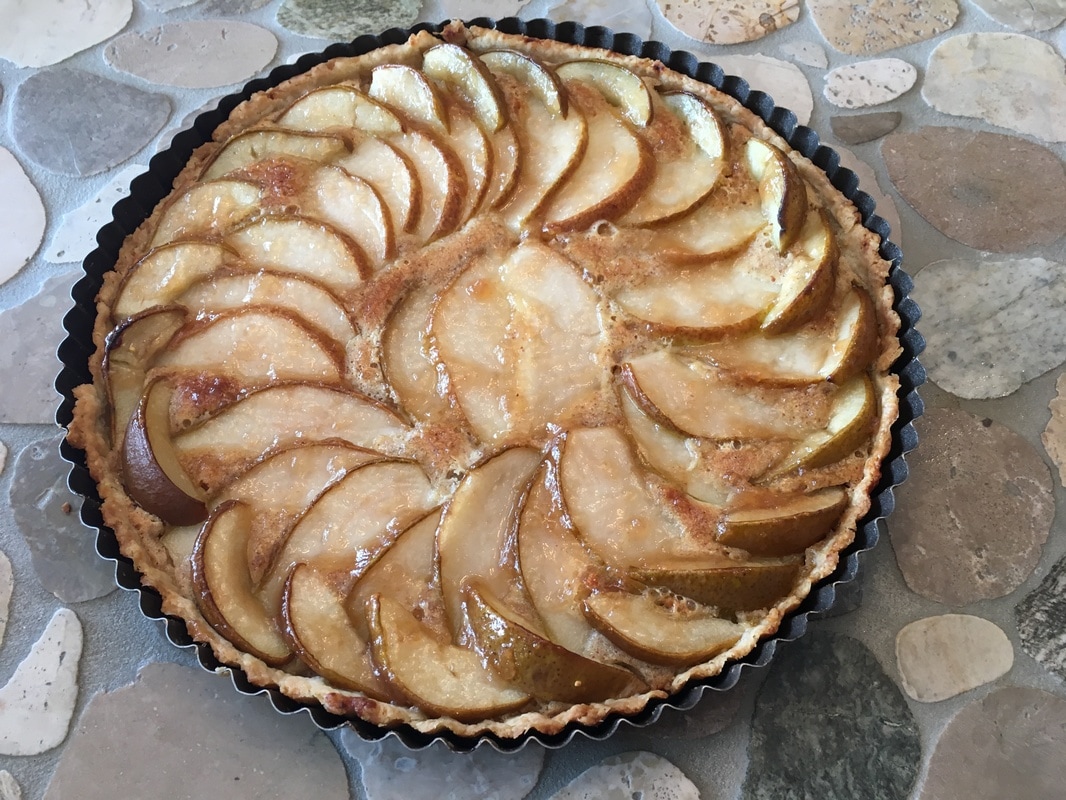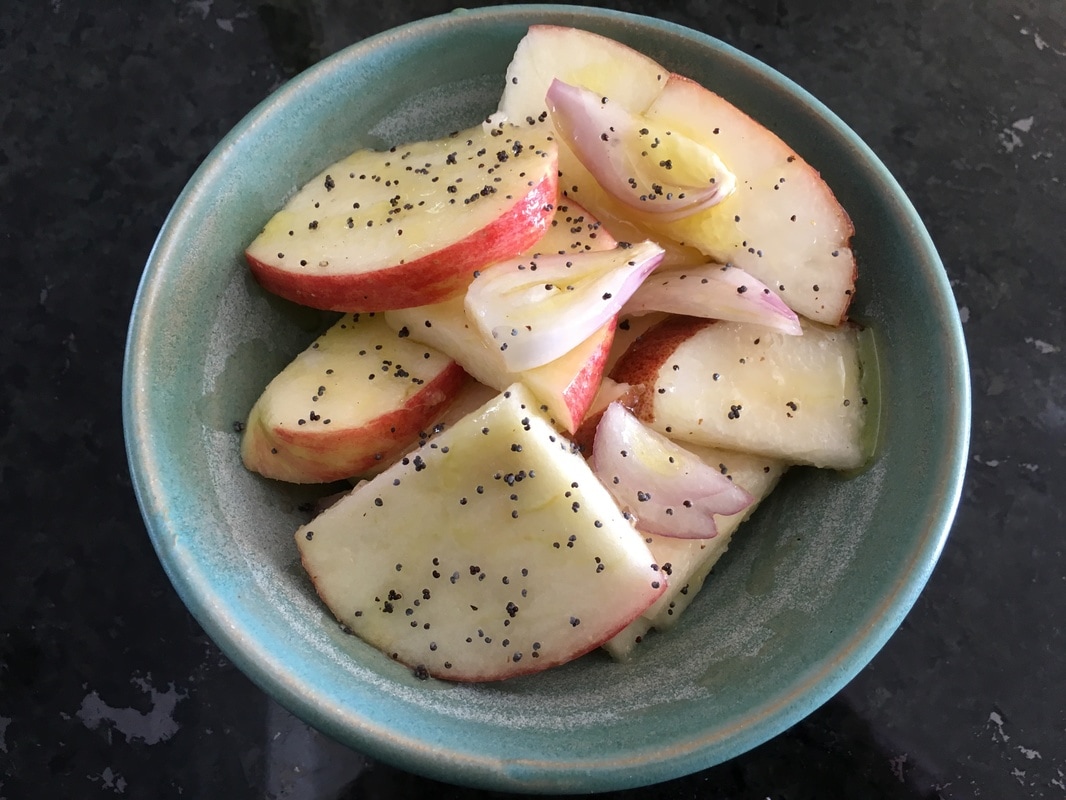| I have high respect for French cuisine – and I have especially high regard for anyone with the knowledge and skill to prepare it authentically. I have written about some of this in an earlier blog (I hear French Food Is Good, Too!; July 11, 2014). Since I’ve admitted my age before, I can tell you that Julia Child was one of my favorite television chefs. I still watch for an occasional rerun of her iconic cooking show. Her famous book is one of my prized possessions. At the same time, I must admit that I have prepared very few of her recipes. Frankly, I am intimidated by most of them – even though I have learned that except for some baking, recipe amounts need not be exact to achieve the desired result. A little more, or a little less, seldom makes a difference. Nevertheless, while always trying to extol the ease of French cooking, Julia’s penchant for detail thoroughly discouraged me from even attempting most of her creations. I remember one of those creations particularly well. It was an apple tart. Even in black and white, it was an impressive sight. Of course, preparing it completely in a thirty-minute program (less time for commercials and amenities) is possible only through the “magic” of television – where one peeled apple amazingly becomes several peeled and cored apples; or where one or two perfect apple wedges placed atop the pastry shell suddenly becomes all slices meticulously arranged in elegant fashion and ready for the oven. Needless to say, I never prepared an apple tart. | |
It was a snowy day in early January. Neighborhood friends (mille grazie Karen and Bill) invited us to dinner and accepted our offer to bring dessert. Driving anywhere was problematic. Consequently, the dessert was necessarily going to involve pears! A picture of Julia’s Apple Tart came to mind, and slowly the apples faded into pears. A plan was being born.
Sure enough, Julia has a recipe for Pear Tart (Mastering the Art of French Cooking, pp. 642-643), but it is part of a larger section on fruit tarts that covers nearly eight pages. I was becoming intimidated again. The recipes I found online did little to ease my growing discomfort, but the more I read the more I realized there are only four basic (and clearly important) steps to making a tart: the pastry shell, the base, the fruit, and the glaze. Now I had a real plan.
The French call the tart shell Pâte Brisée. I was pleasantly surprised to learn that the recipe for Pâte Brisée is the same as my (actually Alton Brown’s) posted recipe for Pie Crust if one substitutes butter for the lard. Now I was beginning to feel comfortable again.
The base, or filling, actually is called frangipane, and consists of finely ground almonds mixed with several common baking ingredients. No stress here.
Preparing the fruit is easy. Especially so since I learned that if you call your tart “rustic”, there is no need to peel the pears! Arranging the pear slices takes a little time, but once you’re comfortable being rustic, there’s room for arrangement errors, too.
The glaze also is not an issue. I happened to have some pear preserve available, but almost any fruit preserve, jam, or jelly will work equally well.
All in all, I'm pleased to report, the entire exercise was worth the time, effort, and perceived stress. Although I realize that preparing one Pear Tart does little to enhance my limited knowledge of French cuisine, I was very pleased with how the tart looked and tasted. Grandma Karen and our hosts that night agreed – enough, at least, to convince me to share the recipe and this story with you.
Buon appetito.


 RSS Feed
RSS Feed